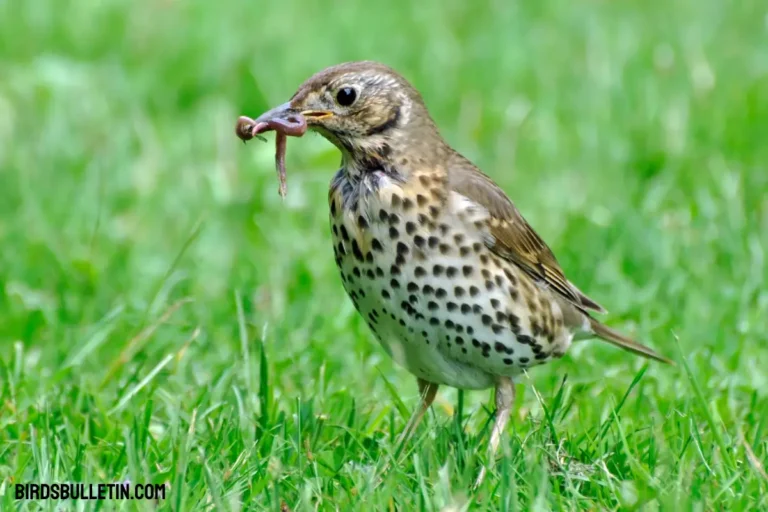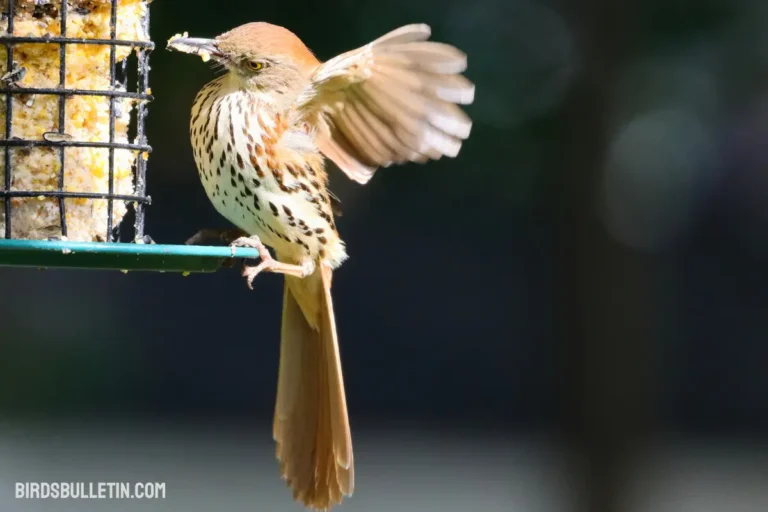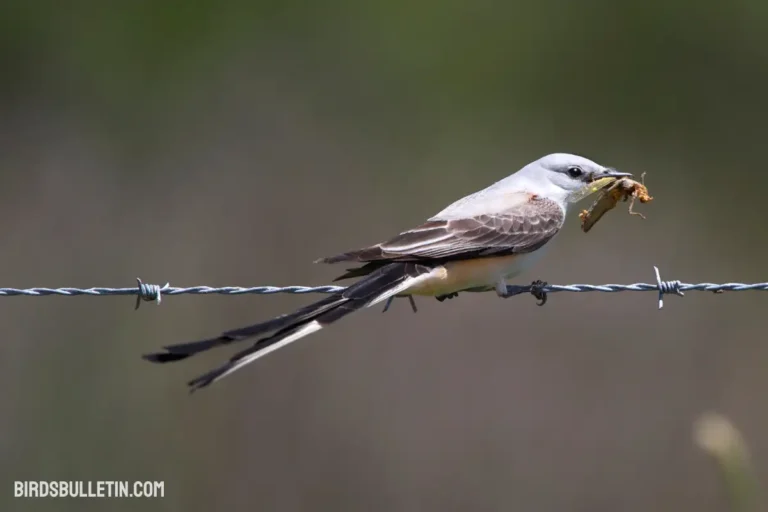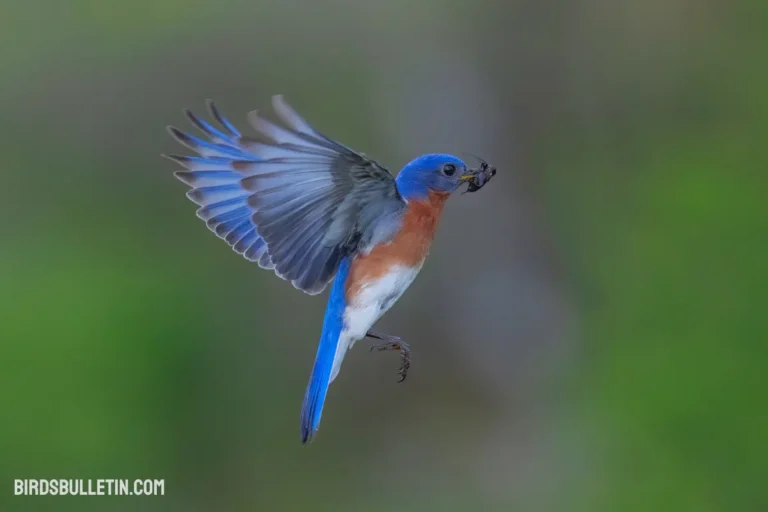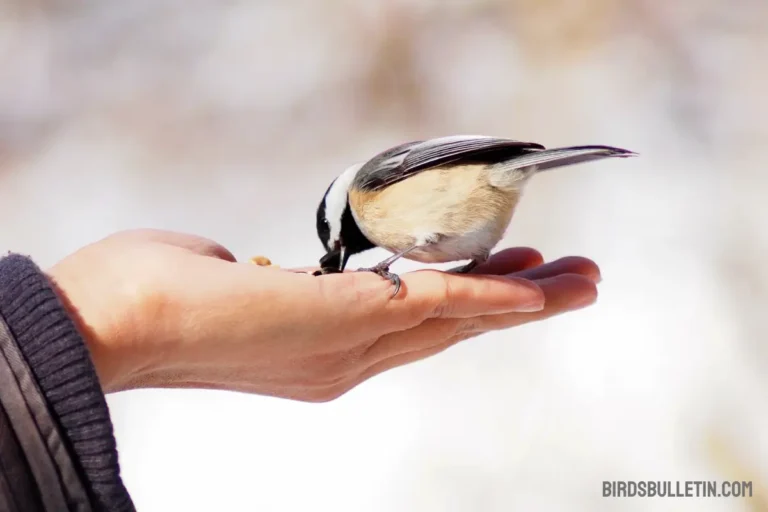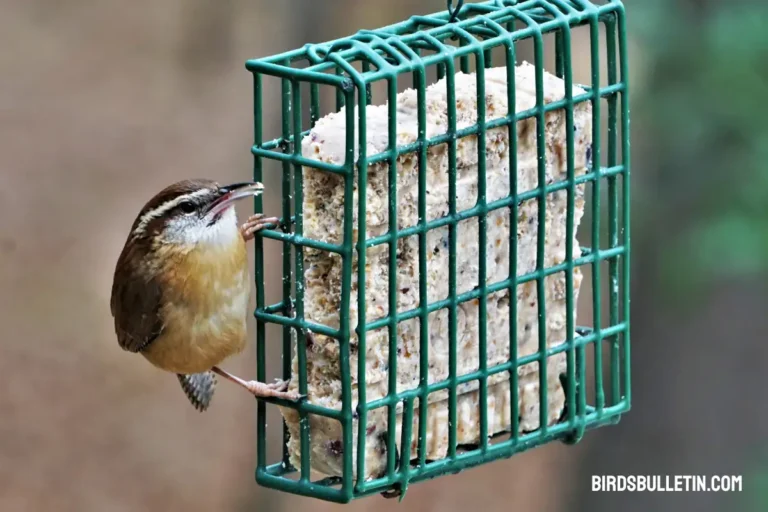What Does the Osprey Eat?
The Osprey (Pandion haliaetus), bestowed with the esteemed title of state raptor in several regions, is a magnificent bird of prey renowned for its prowess in hunting and fishing.
These largish raptors flourish around waterways and coastlines, frequently nesting atop manmade structures like channel markers today. Their global populations took a worrying dive from widespread pesticide use in the mid-20th century.
But after protections, ospreys rebounded significantly including increased numbers now seen inland thanks to stocked reservoirs. But this remarkable raptor’s resurgence partially depends on the abundance of its primary food source – fish.
Want to learn more about birds’ food and diet
Favorite Osprey Foods
Sometimes called sea hawks or fish hawks, ospreys feed almost exclusively on live fish and aren’t shy about revealing their dietary preferences. The species thrives here with ready access to well-stocked coastal estuaries, lakes, reservoirs, and rivers all providing healthy helpings of finned fare.
Some favorite prey species include:
| Food Item | Details |
|---|---|
| Mullet | Favored in coastal regions. Up to 1/3 of total fish intake on average. |
| Flounder | Also reside in estuaries, easily visible near surface waters where available. |
| Herring | Abundant around breeding sites, valued for high-fat content. |
| Perch | Smaller gutted species often provisioned to nestlings. |
| Trout | Stocked reservoirs provide good inland food sources. |
How Often Do Ospreys Eat?
Ospreys eat one fish averaging 0.7-1.3 lbs daily. While actively hunting, that’s about 12-16 smaller fish weekly. In peak season, osprey pairs deliver up to six fish daily to demanding nestlings.
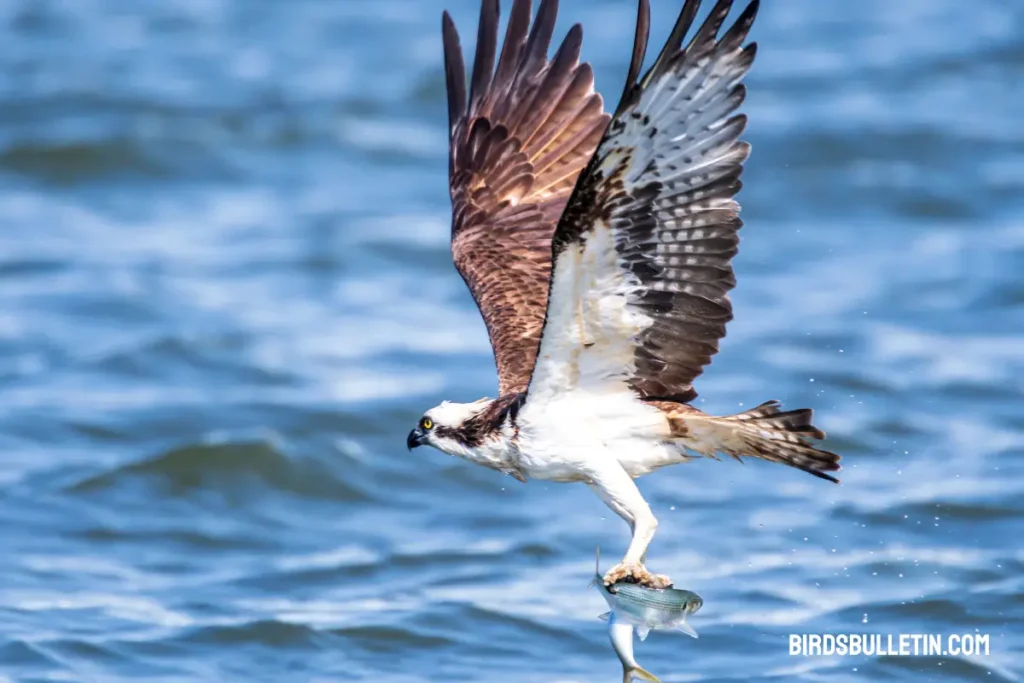
After gorging on bigger prey, ospreys sometimes fast for a day or two. But breeding and migration stresses increase food demands.
What Time of Day Ospreys Feed?
Early morning hours and late afternoons see the most intense feeding activity as daylight-hunting raptors exploit times fish congregate higher in water columns.
However, food drives ospreys to feed opportunistically at varied hours based on fish behavior patterns in a given habitat. If overnighting during migration, they hunt longer in the early evening for the next day’s needs.
How do Ospreys Gather Food?
The osprey’s dramatic plunge-diving method makes it uniquely suited to live mainly off ocean bounty or other fish-filled waters:
- Locate fish near the surface typically by soaring over waters scanning below
- Hover briefly above the target then dive talons-first to snatch fish, submerging if needed
- Use tiny barbs on soles giving grip to carry fish head-first for less airflow resistance
- Take fish to favorite manmade “eating perch” to consume meal after landing
This efficient approach keeps the osprey well-fed across a range of aquatic habitats.
What Do Ospreys Eat in Winter?
Some ospreys winter along warmer southern coastlines while many migrate down to Central or northern South America. Winter diet is still nearly 100% fish wherever they range with some fluctuation in species availability.
Abundant wintering waterfowl and wading shorebirds provide alternative prey when fish prove scarce.
What do Baby Ospreys eat?
Baby Ospreys, commonly referred to as eyasses, have a specialized diet provided by their parents during the early stages of their life. Here’s what baby Ospreys eat:
01. Regurgitated Fish: Initially, newborn Ospreys are fed a diet of regurgitated fish by their parents. The adult Ospreys catch fish through their skilled hunting techniques, and they bring these captured fish to the nest to provide nourishment for the eyasses.
02. Fish Gradually Introduced: The parents gradually introduce larger and more varied fish into their diet. This gradual transition helps the chicks adapt to a broader range of prey items and ensures that they receive the necessary nutrients for healthy growth.
03. Training for Hunting: As the eyasses become more capable, the adult Osprey parents engage in training sessions. They bring partially caught fish to the nest, allowing the young Ospreys to practice tearing and consuming the prey.
04. Transition to Whole Fish: They eventually transition to consuming whole fish. The parents bring more substantial fish to the nest, providing a complete and balanced diet for the growing Ospreys.
05. Independence and Hunting Skills: The parents encourage independence by reducing the frequency of direct feeding and encouraging the fledglings to practice hunting and catching fish on their own.
06. Varied Prey Items: While fish are the primary food source for Ospreys, especially during the early stages of their life, fledgling Ospreys may gradually incorporate other prey items into their diet, such as small mammals or birds.
The diet of baby Ospreys is intricately linked to their parents’ hunting capabilities and the availability of fish in the surrounding environment
Frequently Asked Questions
01. How many fish can an osprey carry at once?
Clutching two fish requires maneuvering skills, so most carry just one in each talon for stability while flying up to a mile.
02. Do ospreys ever eat mammals or other birds?
Their specially adapted diet is over 99% fish, but they rarely catch ducklings or eat carrion mammals near nests.
03. Do Ospreys only eat fish?
While fish make up the majority of their diet, Ospreys are opportunistic and may occasionally consume small mammals, birds, reptiles, and insects.
04. How far do Ospreys migrate for food?
Ospreys are known for their long-distance migrations, traveling thousands of miles to warmer climates where food is more abundant during winter.
05. How deep can Ospreys dive for fish?
Ospreys can dive to depths of up to three feet (about one meter) when hunting for fish.
Closing Word
The osprey’s unmatched piscatorial prowess fuels an active lifestyle centered around abundant aquatic food sources. Despite worrying mid-century declines linked to bioaccumulation threats from pesticides, dedicated conservation efforts allowed osprey numbers to substantially rebound.
These iconic raptors now thrive again along North American coastlines, rivers, and reservoirs where fresh fish continue to furnish the diversely delicious diet sustaining this unique state bird.
References
- Kane, Adam F. (2022). Osprey (Pandion haliaetus) success across North America: Assessing changes after 50 years of data. Waterbirds, 45(4), 321-336.
- Poole, A. F., Bierregaard, R. O., & Martell, M. S. (2002). Osprey (Pandion haliaetus), version 2.0. In Birds of the World (A. F. Poole and F. B. Gill, Editors). Cornell Lab of Ornithology, Ithaca, NY, USA.
- Washburn, Brian E. (2014). Human–Osprey Conflict: Industry, Utilities, Communication, and Transportation. Journal of Raptor Research, 48(5), 387-395.


